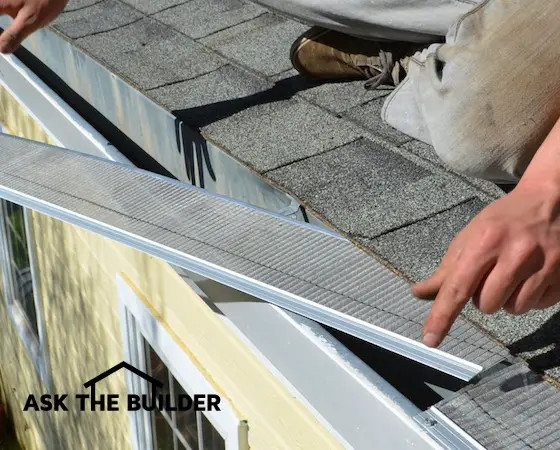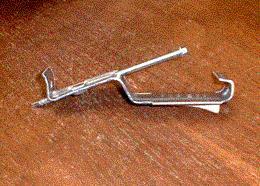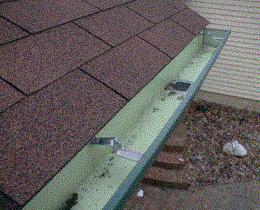Metal Roofing Attributes
Metal roofing is a really distinctive building material. One of the advantages to using the product is its almost zero maintenance aspect. This is one reason it is used so much in commercial and institutional work. Companies that own businesses know how damaging roof leaks can be. They also understand the time value of money. Since they want a roof that will not cause problems for say 30 to 50 years or so, they go metal.
You can see an excellent example of this in my hometown. About 10 years ago Procter & Gamble built a new office building. The centerpoint of the structure are dual office towers. They are both capped with a dramatic hip roof covered with a standing seam metal roof. Procter & Gamble has a reputation for building with quality materials. They did the right thing by using metal roofs on these buildings - that I can assure you!
No DIY Task
Metal roofing is not a weekend challenge for you and your friends. There are numerous tools, tips and techniques that only come from working with experienced installers. Forget about putting a moderate to complex metal roof on yourself. If you can follow instructions and have an assortment of metal working tools, you may be able to complete a simple job on your first try.
Movement
Metal roofing materials move in response to changes in temperature. This movement needs to be accounted for in the design and installation phases. If you do not take it into consideration, you will very likely get a leak at some point. Metal roof manufactures know all about this movement. Almost every one has taken it into consideration in their installation instructions. For this reason, do not treat lightly the instructions with respect to the installation of fasteners, their length, type, placement, etc.
Metal roof systems will move, and when they do they will find the weakest spot to relieve the built-up stress. If that stress is a row of fasteners that have been put in disregarding the instructions, then you just may well have a leak along that row.
Mixing & Matching
A metal roof is rarely just one piece or several pieces of the same metal. There are special starting strips, clips, edge pieces, caps, etc. All of these components make up the total roof system. Don't mix and match components from one system to another. Don't try to save money and fabricate your own. Use exactly what the manufacturer tells you to use.
The metal roof systems simply cost too much to improvise. Besides that, you can immediately void the warranty and lose all help and assistance should you develop a problem down the road.
A Backup Roof
If your roof will be in a cold climate, you need to be concerned with condensation. Water vapor can condense on the underside of a metal roof. If this water can't escape it can actually corrode the roof. It is not uncommon for metal roofs to have some type of continuous air pathway that allows trapped water vapor an escape route. Make sure you look for these points when you look over the installation instructions.
A second roof? Well that means that you might have to install substantial (say 30# felt) underlayment beneath the metal roofing to deflect wind blown spray, condensation or ice dam backups. Once again, do not question the wisdom behind the installation instructions!
Colors and Types of Metals
If you want variety in a metal roof, you can surely find it! Metal roofs are available in an entire palette of colors, shapes, textures, metals, etc. You can get steel roofs, tin, aluminum, copper and if you have the money - I believe - stainless steel!
Old fashioned style standing seam is not a problem. Many manufacturers make this as a standard option. Look around a little more and you will find numerous systems with panels that simulate shingles. Some metal roofs are actually individual shingles that overlap hiding concealed fasteners! If you have tinsmiths in your town, you can still get flat-locked tin roofing.
If your budget permits you to be able to purchase a metal roof, it is worth the effort to look at as many as you have the time for. I guarantee you that you will come across a metal roof that will get your attention.
Also, don't look at samples too closely. When viewed at arms length, they may seem fake or not attractive. You must stand back 20 or possibly 50 feet and look at several pieces together. If you don't do this, you will make a mistake when picking your roof system.
Related Articles: Metal Roofing - Good Looking, Metal Roofing Cost Examples, Metal Roofing Products
Column B237


